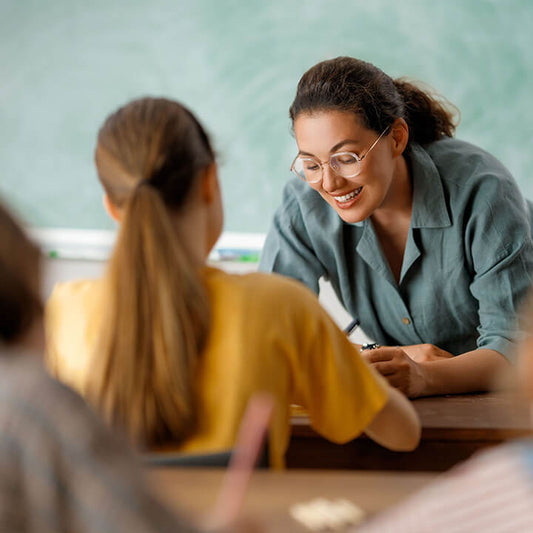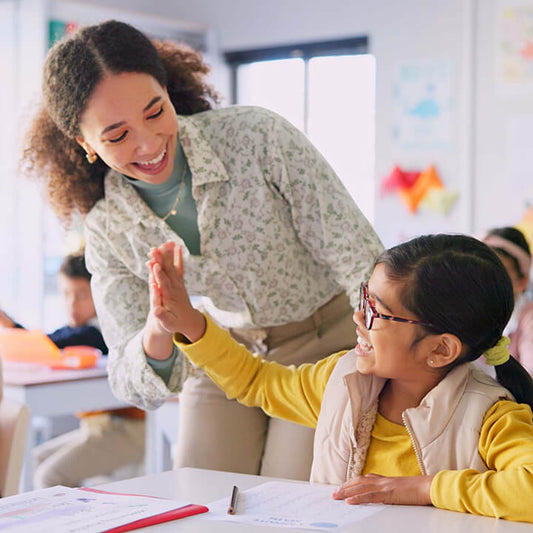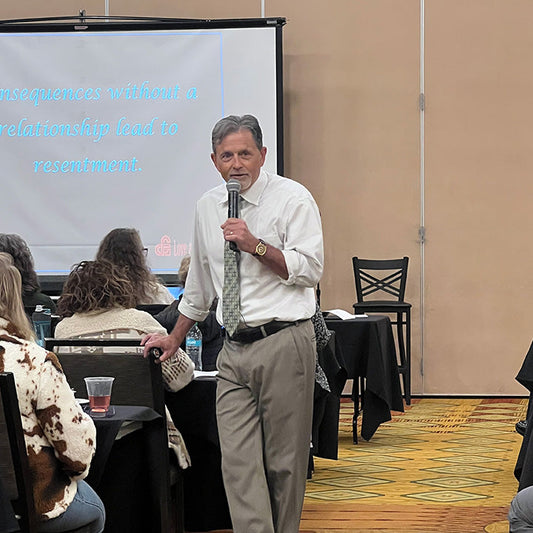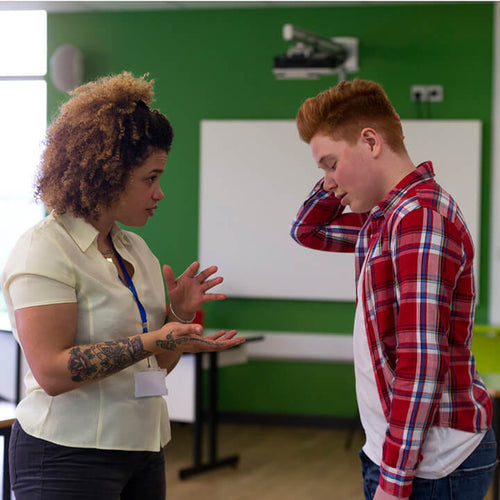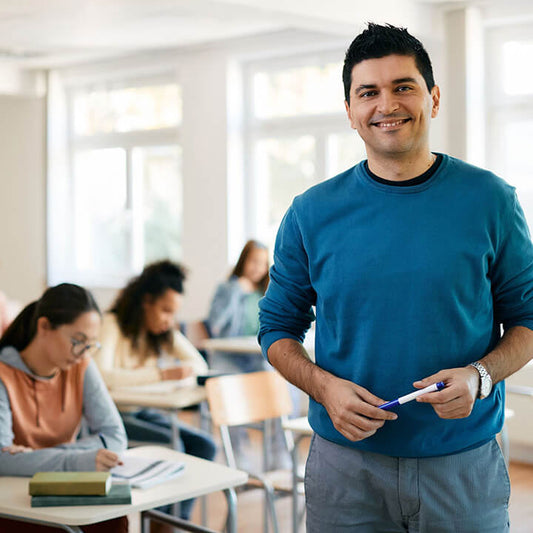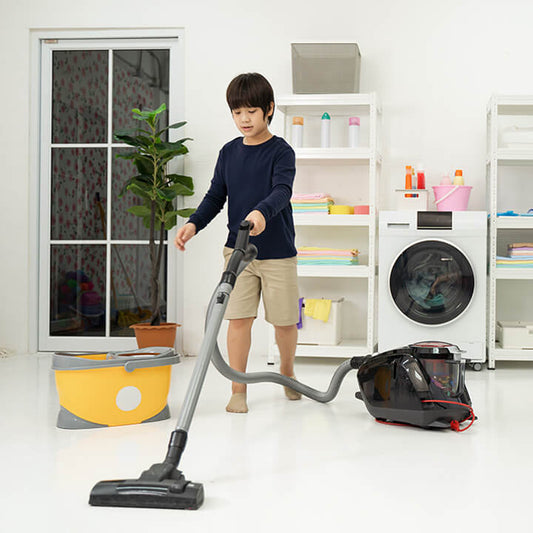Why Today’s Classrooms Need Quick and Easy Interventions
In today’s classrooms, teachers face an ever-evolving mix of challenges—ranging from increasing behavioral issues to high expectations for academic progress, all at the same time as navigating the stress of a very demanding profession. Reports suggest that more than 75% of teachers experience frequent job-related stress, a number that reflects the magnitude of issues facing educators.
Love and Logic’s Approach to Classroom Intervention
Love and Logic offers practical, proven classroom intervention strategies that can reduce chaos, increase connection, and help restore a sense of calm and control—without adding more to an already full load. Our Quick and Easy Classroom Interventions are designed to be subtle, effective, and easy to implement even while teachers are in the middle of teaching.
There is a subtle difference between Love and Logic’s classroom intervention strategies and conventional classroom discipline strategies. Love and Logic’s philosophy focuses on building strong relationships between teachers and students rather than administering discipline. Our approach contrasts with many reward-based systems, which inherently include “punishment” or negative consequences.

Examples of Quick and Easy Classroom Intervention Strategies
Below are examples of Love and Logic interventions from our Quick and Easy Classroom Interventions audio. These techniques are also included as one of the skills in our 9 Essential Skills for the Love and Logic Classroom® curriculum.
Begin with Nonverbals
Sometimes subtle, nonverbal signals can make the biggest impact. These actions can redirect behavior while keeping your lesson on track:
- Use a signal—shake of the head, arm movement, etc.
- Walk toward the student while continuing to teach.
- Stand close to the student.
Use Lots of Empathy
Students respond better when they feel safe and understood. Empathy can prevent defensive reactions and keep relationships intact.
- Nonverbal: Look sad or concerned.
- Verbal: Lead with how you think the other person might be feeling, such as, “That must be really upsetting.”
Use “I” Instead of “You” Statements
Shifting to “I” statements prevents power struggles and keeps the focus on your actions.
- “I’ll start when…”
- “I will be happy to…”
Use the One-Sentence Intervention
One of the most powerful Love and Logic tools is known as the one-sentence intervention. It is noticing something about a student without adding a follow-up comment.
- “I noticed that ________.”
Noticing a student’s interests and acknowledging them is a very effective way to establish a positive connection. This one-line should be delivered without a follow-up comment, such as, “That’s great!”
Give Choices
Choices provide a sense of control while guiding students toward acceptable behavior.
- “You are welcome to ______ or to ______.”
- “Feel free to ______ or to ______.”
Model and Teach Problem-Solving
Guide students through their challenges rather than solving problems for them with the following steps:
- Lead with empathy: “Tough problem, huh?”
- Ask: “What do you plan to do?”
- Gain permission: “Would you like to know what others have tried?”
- Explore: “How do you think this might work for you?”
- Allow them to try or not: “Good luck. Let me know how it works out.”
- Or set a boundary: “Feel free to ______ when ______.”
The Benefits of Using Love and Logic Interventions
By using these quick, low-stress interventions, teachers can create calmer classrooms, reduce stress, and strengthen relationships with students. Love and Logic strategies aren’t just about stopping unwanted behaviors, they’re about fostering respect, responsibility, and resilience in ways that work for both students and teachers.
Learn More and Save
You can learn more about Love and Logic’s classroom intervention strategies by listening to our audio, Quick and Easy Classroom Interventions: 23 Proven Tools for Increasing Student Cooperation.
Thanks for reading,











